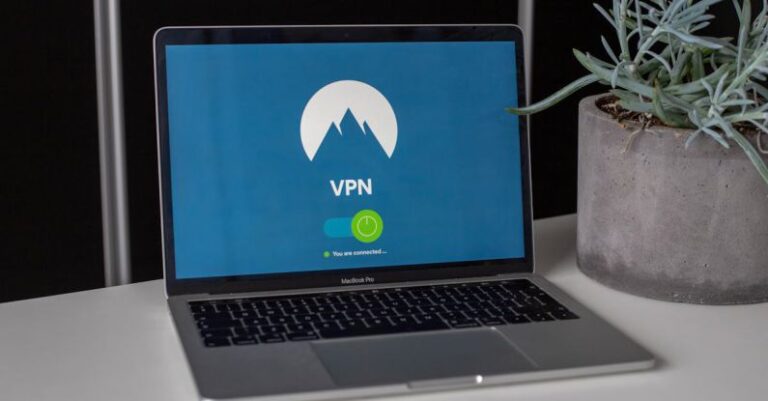
Cybersecurity remains a critical concern in today’s digital age as cyber threats continue to evolve and become more sophisticated. To effectively combat these threats, organizations and individuals must stay updated on the latest trends in cybersecurity to protect their sensitive data and information. In this article, we will explore some of the most recent developments in the cybersecurity landscape that are shaping the way we approach online security.
**Zero Trust Architecture**
One of the emerging trends in cybersecurity is the adoption of Zero Trust Architecture (ZTA). This approach challenges the traditional security model that assumes everything inside a network is trustworthy. With ZTA, organizations implement strict access controls and verification processes for every user and device trying to connect to the network, regardless of their location. By implementing a Zero Trust approach, organizations can better protect their systems and data from insider threats and external attacks.
**AI and Machine Learning**
Artificial Intelligence (AI) and Machine Learning (ML) are playing an increasingly significant role in cybersecurity. These technologies can analyze vast amounts of data in real-time to identify patterns and anomalies that may indicate a potential security threat. AI-powered cybersecurity solutions can help organizations detect and respond to threats more effectively, enabling them to stay one step ahead of cybercriminals. From threat detection to automated incident response, AI and ML are revolutionizing the way cybersecurity professionals defend against cyber attacks.
**Cloud Security**
As more organizations transition to cloud-based environments, ensuring the security of cloud infrastructure has become a top priority. Cloud security involves implementing robust security measures to protect data stored in the cloud, as well as securing the connections between on-premises and cloud environments. With the increasing adoption of cloud services, organizations must focus on implementing strong encryption, access controls, and monitoring to safeguard their sensitive information from cyber threats.
**Endpoint Security**
Endpoint security has become a critical component of cybersecurity as more employees work remotely and use personal devices to access corporate networks. Endpoint security solutions help organizations secure devices such as laptops, smartphones, and tablets by detecting and preventing malicious activities at the device level. With the rise of remote work, ensuring the security of endpoints has become essential in protecting organizations from cyber attacks targeting vulnerable devices.
**Ransomware Protection**
Ransomware attacks have been on the rise in recent years, targeting organizations of all sizes and industries. To combat this growing threat, organizations are investing in ransomware protection solutions that can detect, block, and mitigate ransomware attacks. These solutions often include features such as behavior-based detection, file encryption, and real-time threat intelligence to help organizations defend against ransomware attacks and minimize the impact of successful breaches.
**Supply Chain Security**
Supply chain attacks have become a major concern for organizations, as cybercriminals target third-party vendors and suppliers to gain access to their customers’ networks. To enhance supply chain security, organizations are implementing measures such as vendor risk assessments, secure software development practices, and supply chain visibility tools. By securing the entire supply chain ecosystem, organizations can reduce the risk of supply chain attacks and protect their data from compromise.
**Cybersecurity Skills Gap**
Despite the advancements in cybersecurity technologies, the industry continues to face a significant skills gap, with a shortage of qualified cybersecurity professionals to meet the growing demand for security expertise. To address this challenge, organizations are investing in training programs, certifications, and workforce development initiatives to build a pipeline of skilled cybersecurity professionals. By bridging the cybersecurity skills gap, organizations can strengthen their security posture and effectively defend against evolving cyber threats.
**In Conclusion**
In conclusion, staying informed about the latest trends in cybersecurity is essential for organizations and individuals looking to protect their digital assets from cyber threats. From adopting Zero Trust Architecture to leveraging AI and ML technologies, organizations can enhance their security posture and mitigate the risk of cyber attacks. By embracing these trends and implementing robust cybersecurity measures, organizations can safeguard their data and information in an increasingly digital and interconnected world.





